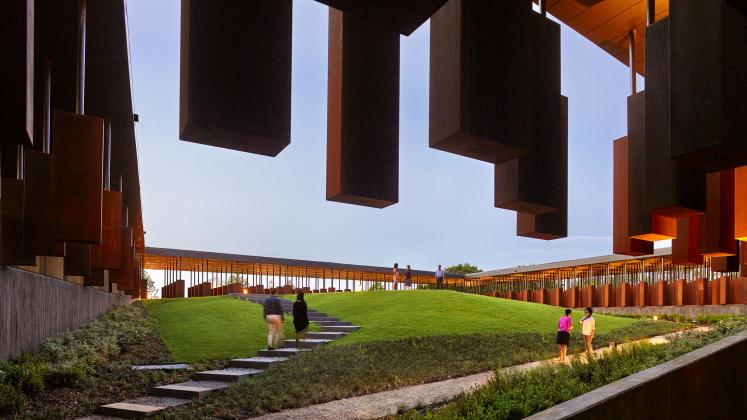Healing through Architecture
I found an interesting parallel between our discussions in
class Thursday and Michael Murphy’s lecture, especially his project in Alabama:
The National Memorial for Peace and Justice. He mentions countries like
Germany and South Africa who find it necessary to build memorials to reflect on
their past in order to “heal their national psyche.” He also mentioned that the
United States didn’t have such memorials [until this project].
I think that this ties very well into our discussion about how
beautiful buildings and spaces can pop up after the devastation of an area,
culture, or way of living. We accept and love these shiny new buildings but unless
we are familiar with the place, the gruesome history is lost on us. We were
debating the pros and cons of this in class and what’s the right thing to do in
this moment – move forward and gloss over these uglier parts or cling to the
past and have this moment define the rest of their history? To me, this idea of
using building as a tool to remember is the best way. Acknowledge those who
were oppressed and the wrong that was done. Do this in a permanent, meaningful
way, and then use that as a platform to rebuild, not only for those in power, but
for all parties. In this way, I believe we can move forward.



This is a great topic, and I love the idea that architecture can be used to heal and move forward from disasters and hard times in history. Memorials are an obvious way to create spaces that acknowledge these tragedies and provide recognition to victims, but moving forward, how can we respect and acknowledge history in all architecture not just memorials specifically dedicated to that purpose?
ReplyDelete